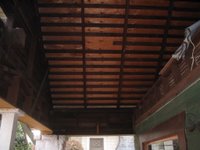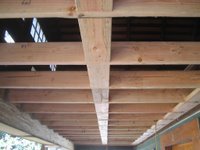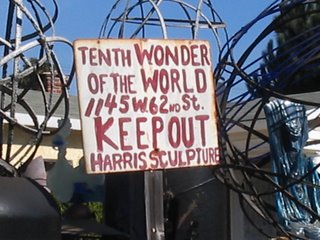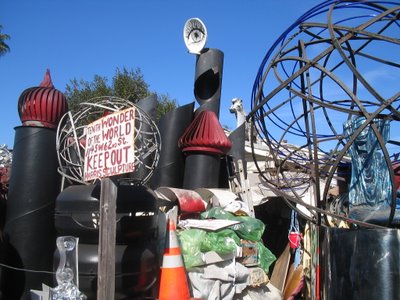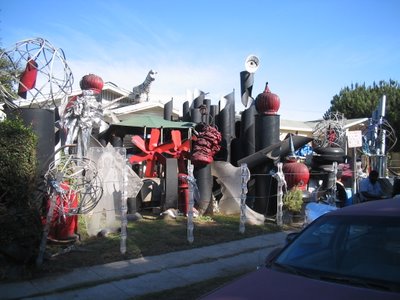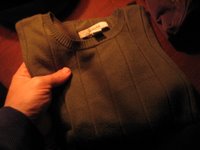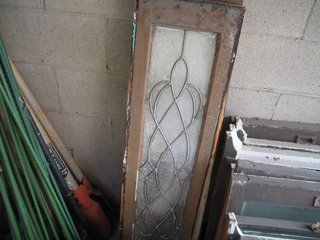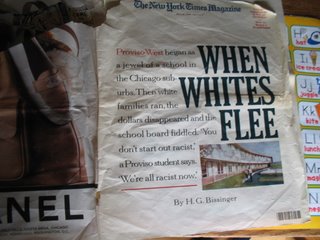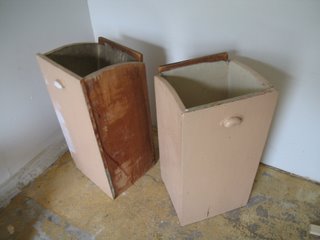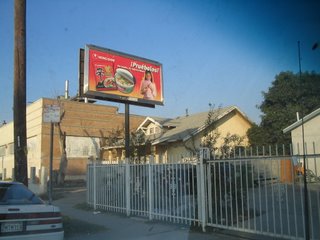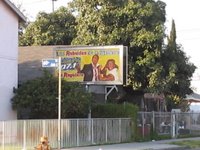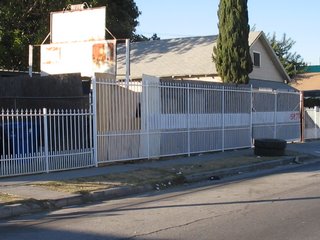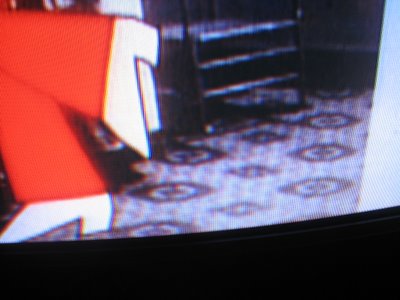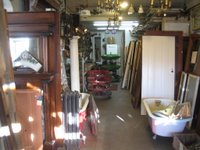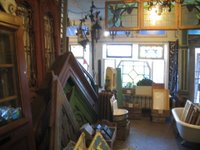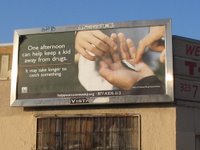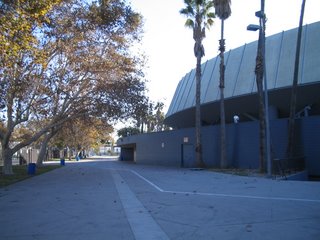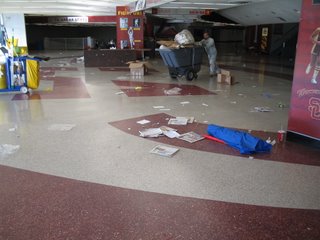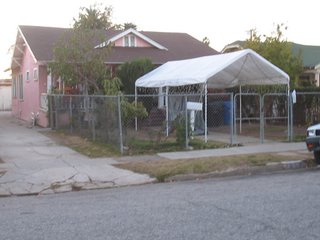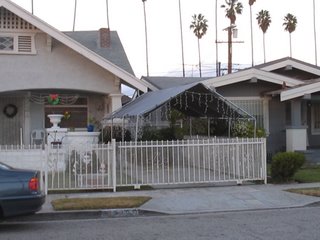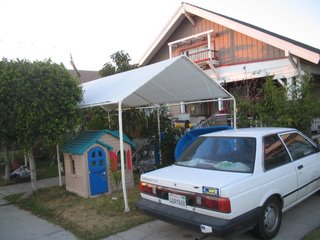National teardown figures have yet to be compiled, but the conservative National Association of Home Builders has estimated that 75,000 houses are razed and replaced with larger homes annually.
According to Richard Moe, president of the National Trust for Historic Preservation, the hardest hit areas include Chicago's suburbs, the Beltway, the Bay Area, the Jersey Shore, and Palm Springs. Hinsdale, Illinois, a 133-year old village, 20 miles west of Chicago, has been dubbed America's Teardown Capital. About 30% of Hinsdale's 4,700 homes are "replacements".
In the many historic L.A. neighborhoods that lack protective powers (like HPOZ's), complete re-builds (what some more flatteringly refer to as "re-habs") are more common (than "teardowns"), wherein only some portion of the first-floor framing survives, or a section of roofline.

Aspiring to modernism, but achieving "cheapism", these boxey makeovers look ridiculous with their vestigial, steeply-pitched roofs, like an aging Casanova with a jet-black hair piece.

Ironically in LA's historic core, where "integrity" (meaning the intactness of the building) is most valued, these standardizing re-do's effectively constitute blight. That is, properties whose condition (or appearance) is detrimental to the social, physical, and economic well-being of a community.
Stripped of their economic-optimizing potential, these properties become less likely to attract significant future investment, sentenced to a "B" or sub-market standing.
Labels: Preservation preach

